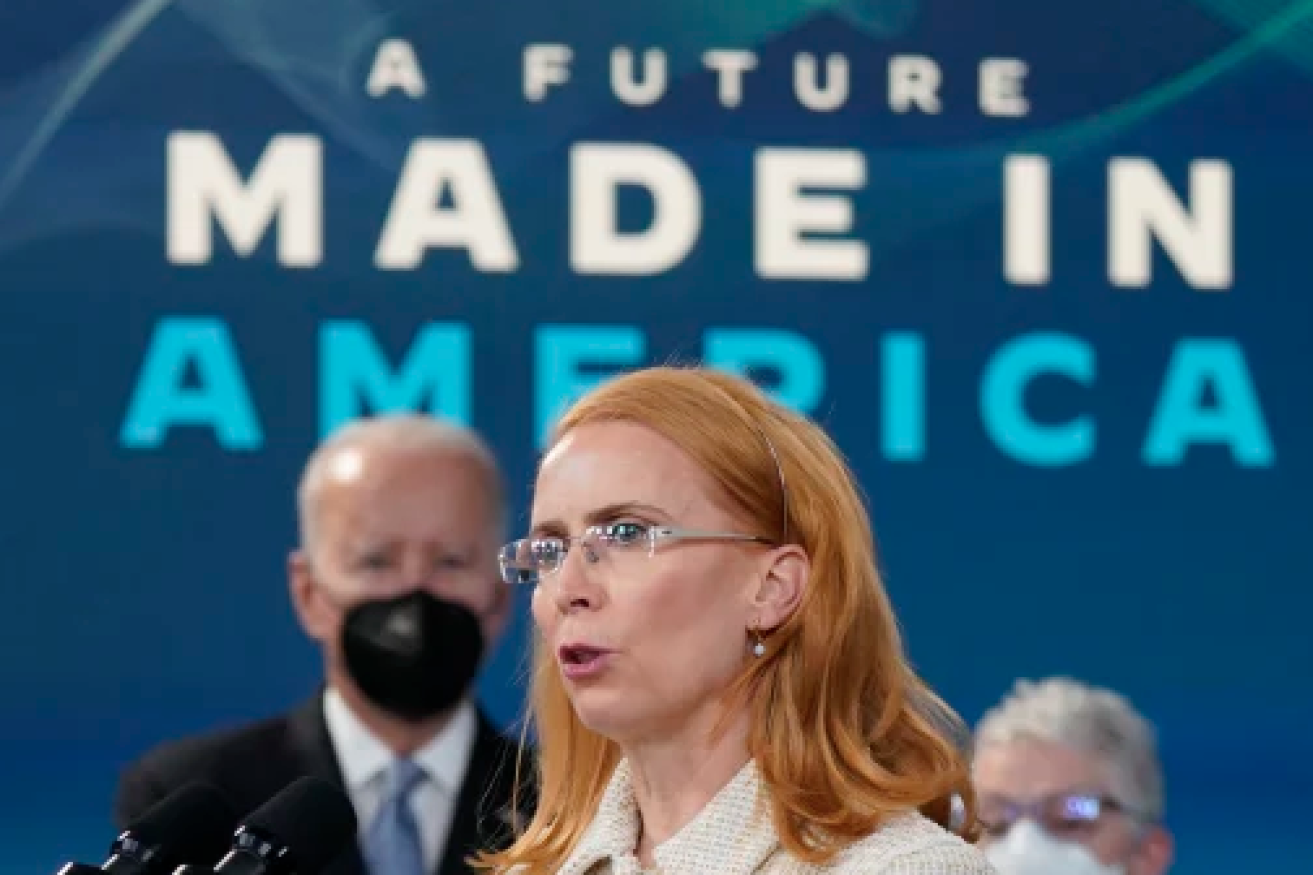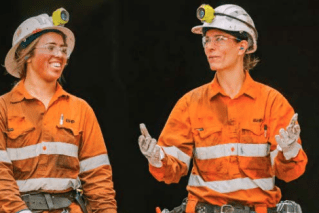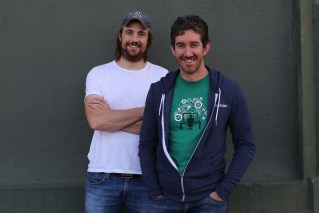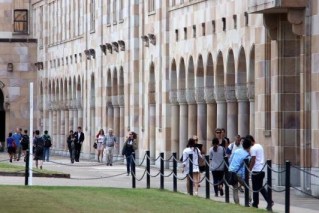Tritium boss warns of energy revolution as consumers take flight from electricity grid
Two to three years is the timeframe Tritium’s executive director Jane Hunter gives before a consumer-driven energy revolution takes place.


Tritium's Brisbane-based CEO Jane Hunter appears on stage with US President Joe Biden during a publicity blitz (image: Tritium).
“I keep telling the regulators that if they don’t get on top of this soon Australians are going to opt out of the (electricity) grid because they can. It will be two to three years before Australians with a bit of money will become self-sufficient,’’ she said.
That, of course, has implications for the entire energy market which is already going through convulsions and Hunter believes the key will be the ability to plug an electric vehicle into the wall and transfer power to the grid, known as V2G. In effect, the car’s stored electricity can be transferred to the grid or used to power the house.
It’s already available overseas and common in places like Japan but has hit red tape in Australia.
Because of the world-leading rollout of rooftop solar in Australia, Hunter believes V2G will be compelling for those who can afford it.
“We are seeing a trial of this in South Australia where there is a micro grid and power is sold back to the grid,” she said.
“And, I think Australians will absolutely love this. To come off the grid is incredibly exciting for Australia.
“In our circles where most people already have an EV the barbecue conversation is: “How big is your battery pack? How much rooftop solar?’
“It has become a point of competition and of keeping up with the Joneses.’’
Hunter has experience in this area because Tritium, which makes DC fast charging units for electric vehicles (a sort of petrol bowser for the clean energy era) is at the heart of the EV industry. It has been through an enormous year for the company, soured only by a massive drop in the value of its shares on Nasdaq.
Even so, it retains its true believers, people like Brisbane rich-lister and energy entrepreneur Trevor St Baker, Tritium’s largest shareholder, who sold his stake in the Vales Point power station in NSW recently and promised to use the funds to “double down’’ on Tritium.
If he moves quickly he will be able to get Tritium shares at about 60 per cent below the value of when it listed in January.
“I have certainly spoken to Trevor about his intention to double down into Tritium and I think that would be true to form for Trevor. He has been a true believer in Tritium ever since he started investing,” she said.
“I honestly think he is getting advice on how much he is allowed to hold.
“He has been visionary in seeing what was coming.”
She said she was disappointed to see Australia lagging the world in the adoption of electric vehicles. Only about 2 per cent of new cars are EV.
“Usually Australians are rapid adopters of technology and when they start to switch they switch quickly. It is disappointing to see us lag the world when there is no need for us to lag the world,” she said.
“I’m envious when I see the types of policies being introduced in Europe and the US. These are really far-sighted government decisions about investments to make this transition go faster.
“If I look at what (US President) Joe Biden has done it’s not just for the rapid uptake or for emissions, he is also focused on taking a piece of the economic pie.
“They are very focused on growing their economy and taking a piece of the new economy as they are going to lose part of the old economy. They have to transition and diversify and that’s what his policies are based on.
“I’m disappointed to see that Australia is not grabbing the pieces of the pie that we can.”
Biden and the US are key to Tritium which expanded into the country earlier this year with a production facility in Tennessee that will eventually be about six times bigger than its Brisbane base.
A key question for Tritium is how long it can continue to stay in Brisbane following its Nasdaq listing. Shares in the company, held by major investors, have started coming out of escrow.
Its senior executive team is dotted around the world, but there are key reporting advantages in remaining as Australian and Hunter believes Australian engineers are better value for money.
“Australians can be tricky employees, but they are great design engineers because it doesn’t matter if they are the most junior person in the team they will question and way things are done and they are quite creative.
“The thing to consider with Tritium and Brisbane is that it will remain our R&D heart and our competitive advantage is our tech,” Hunter said.
“We may end up as dual headquarters but I do think we will always keep our roots here in Australia.
“I don’t think Tritium could have come out of anywhere else (than Brisbane). There is no intent to move that.
“We have a test facility here and that was multi millions so that will stay here. Our product development will always be in Brisbane. It is the right place to do it.”
Among a huge list of achievements this year for Tritium was the day earlier this year when Hunter stood on the stage with Biden. It almost didn’t happen and Hunter said she never imagined herself in that situation.
“I had not foreseen I would be ringing the closing bell on the Nasdaq, either,” she said.
That almost didn’t happen, either. The consensus within the company was that Tritium would be sold.
“The expectation was that (early investor) Gilbarco would buy Tritium but what actually happened was the clean tech market took off like nothing on earth and SPACs took off enormously.
“There was something like 60 SPACs in 2019 and 250 in 2020 and so suddenly we found ourselves with very different opportunities.”
A SPAC is a special purpose acquisition company, a corporate entity that allows for private companies to merge with it and become a listed company.
“It meant the board had to consider multiple options,” Hunter said.
While Hunter and her team were in New York for the Nasdaq listing there were also discussion about a potential meeting with US Energy Secretary Jennifer Granholm, but that looked shaky and instead Hunter flew to the west coast.
Then came word that there was a change for a White House “clutch” with Biden. A clutch is a US media term for a type of staged photo opportunity.
“I was going really? With the President?” Hunter asked her team.
“Then it was not doing a clutch, it was a speech introducing the President and then a clutch.
“It was certainly not what we were expecting.”
Jane Hunter will speak at an American Chamber of Commerce in Australia lunch in Brisbane on October 14.












